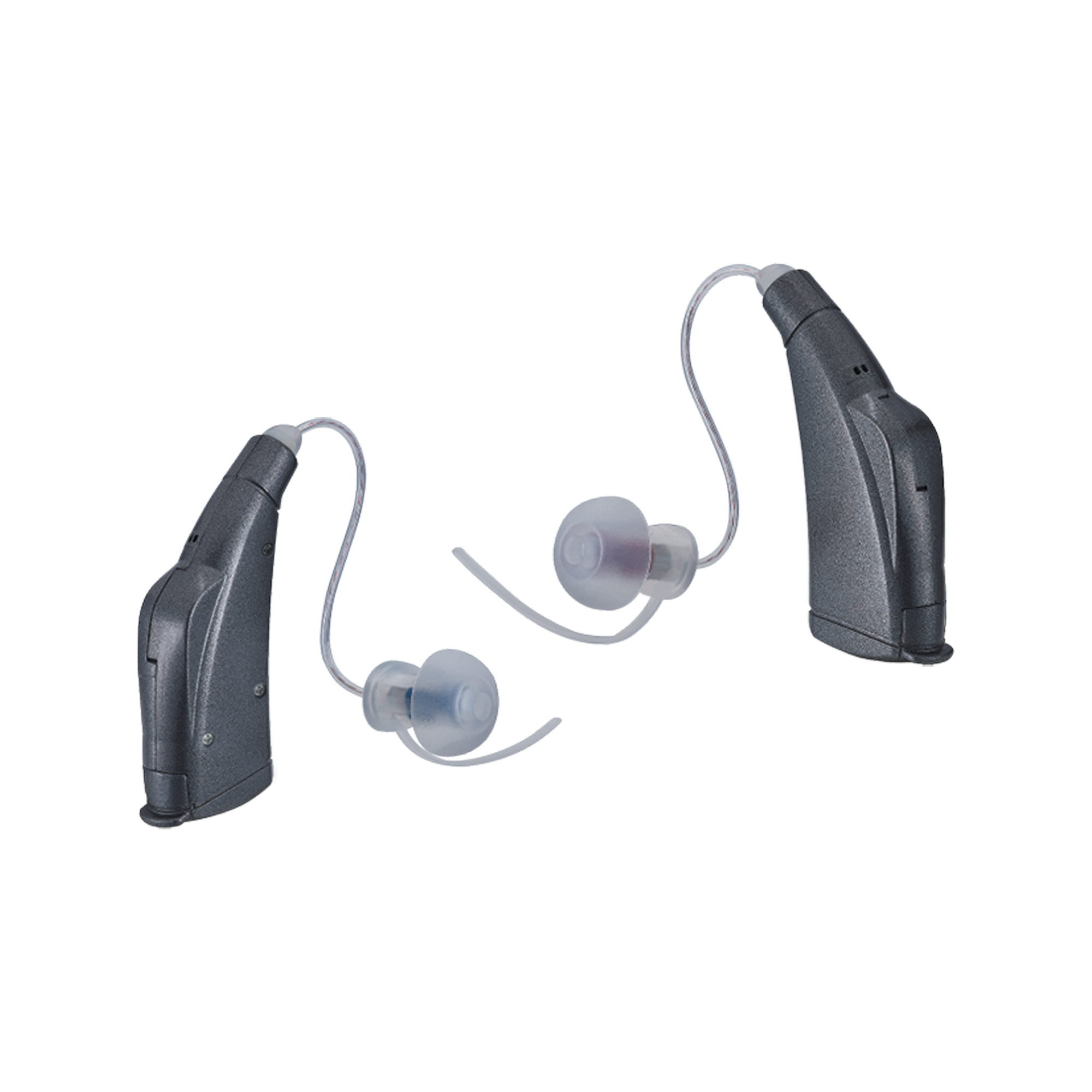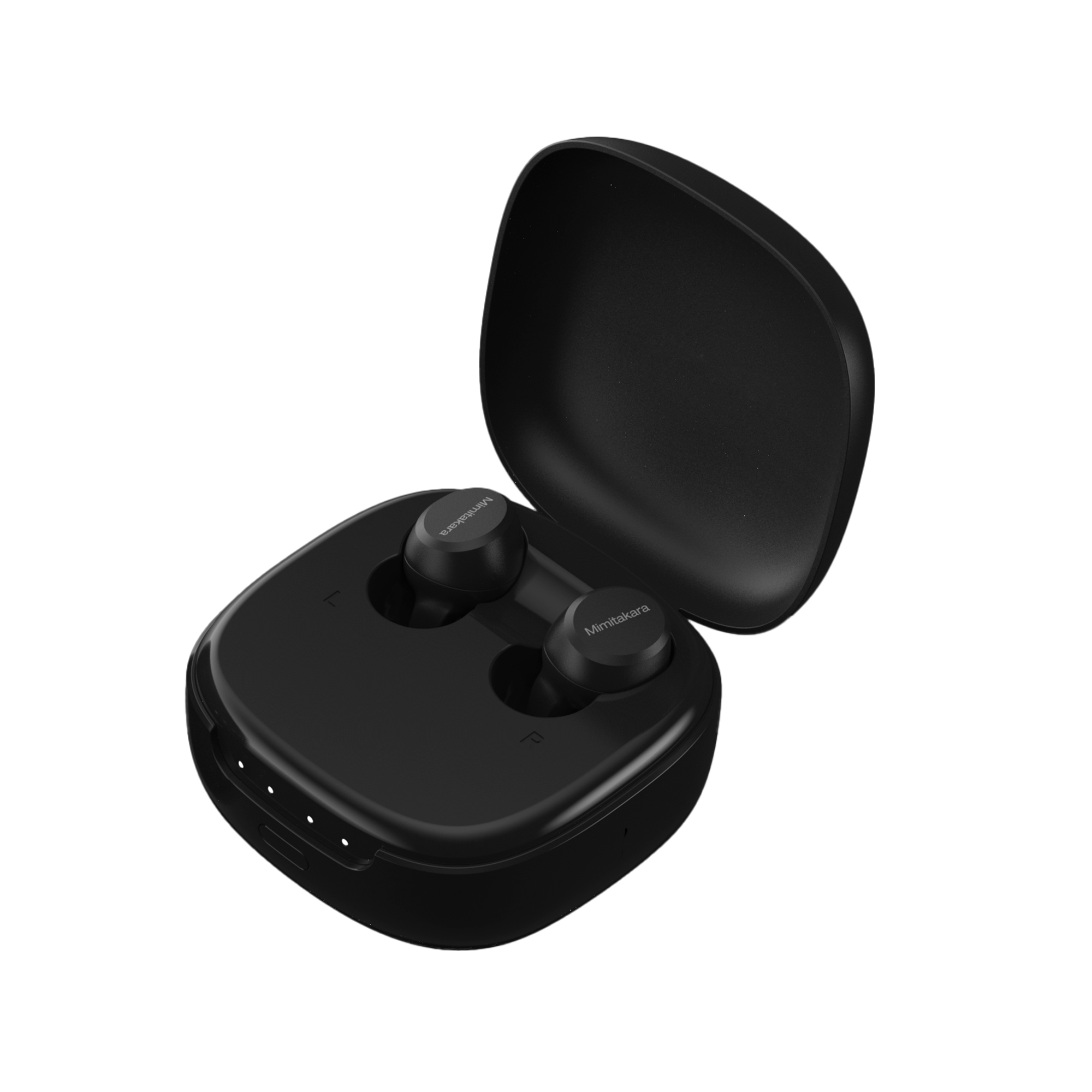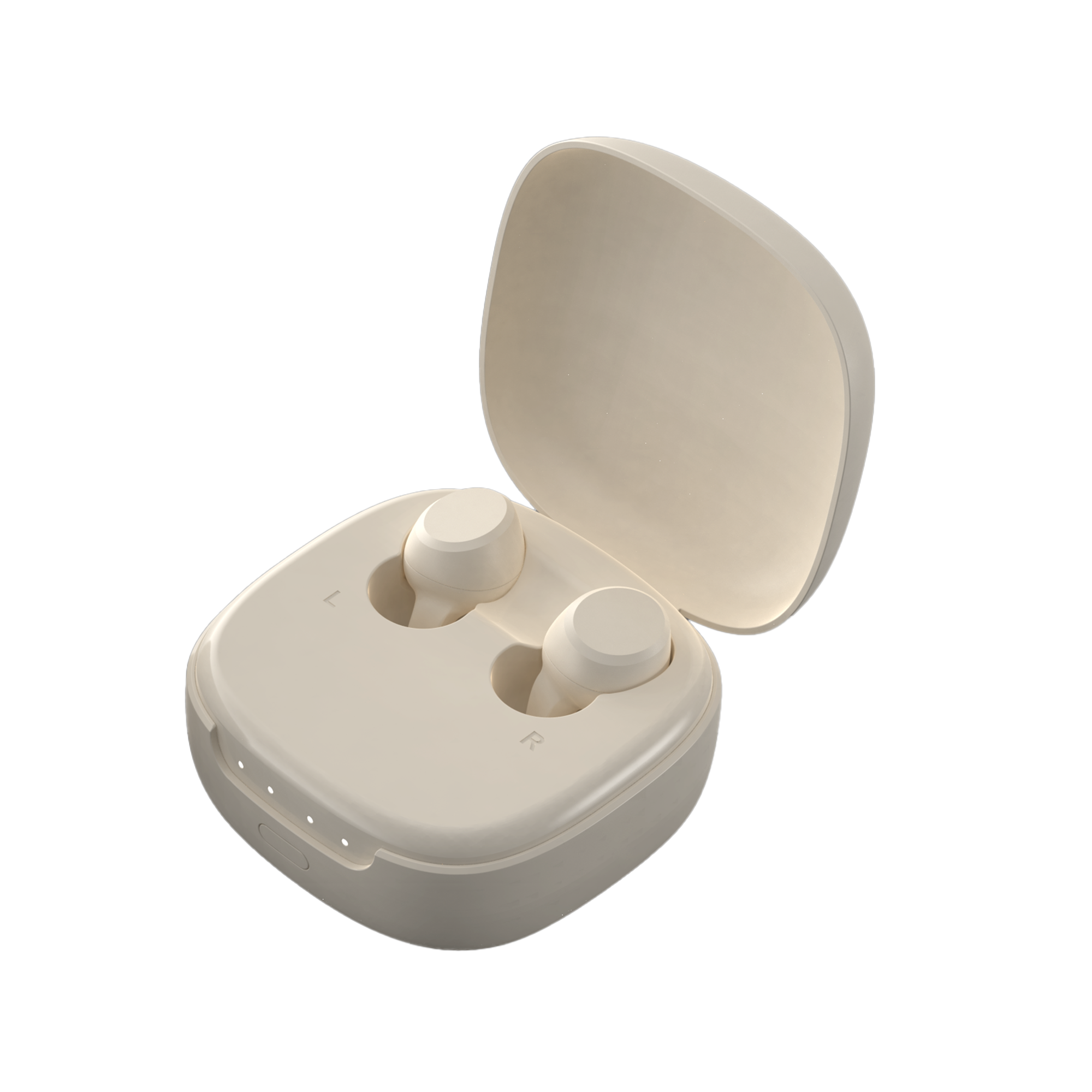Introduction
Hearing loss is a common yet often misunderstood condition that can significantly impact one's quality of life. To comprehend the nuances of this journey, it's essential to recognize the five stages of hearing loss. In this article, we will unravel the progression of hearing loss, from its initial signs to advanced stages, empowering readers to understand and address this prevalent sensory challenge.
Stage One: Normal Hearing
The journey begins with normal hearing, where individuals can hear a wide range of sounds without difficulty. However, even in this stage, it's crucial to practice good hearing habits and protect the ears from excessive noise exposure to maintain optimal hearing health.
Stage Two: Mild Hearing Loss
In the mild hearing loss stage, individuals may start experiencing difficulty hearing soft or distant sounds. Conversations in noisy environments might become challenging, and the initial signs of hearing loss become more noticeable. Seeking professional evaluation at this stage is crucial for early intervention and effective management.
Stage Three: Moderate Hearing Loss
Moderate hearing loss brings a more pronounced difficulty in hearing both soft and moderately loud sounds. Conversations become notably challenging, especially in noisy settings. Hearing aids may become a recommended solution at this stage to enhance auditory communication and improve the overall quality of life.
Stage Four: Severe Hearing Loss
At the severe hearing loss stage, individuals face substantial challenges in understanding speech without amplification. Communication relies heavily on lip-reading or visual cues. Hearing aids or cochlear implants, along with supportive communication strategies, become vital components of managing daily interactions.
Stage Five: Profound Hearing Loss
The final stage, profound hearing loss, involves an inability to hear most, if not all, sounds without advanced amplification. Communication heavily relies on visual and tactile methods, such as sign language or cochlear implants. Individuals in this stage often benefit from comprehensive support systems and assistive technologies to navigate daily life.
Conclusion: A Spectrum of Solutions
Understanding the five stages of hearing loss is a critical step in addressing this pervasive issue. Early detection and intervention play a pivotal role in managing hearing loss effectively. Whether it's adopting preventive measures in the early stages or embracing assistive technologies in later stages, a spectrum of solutions exists to enhance the lives of those experiencing hearing loss. By fostering awareness and embracing the available resources, individuals can navigate the stages of hearing loss with resilience and improved auditory well-being. Thinking of getting started with hearing aids? Mimitakara has a hearing aid that’s right for you.










